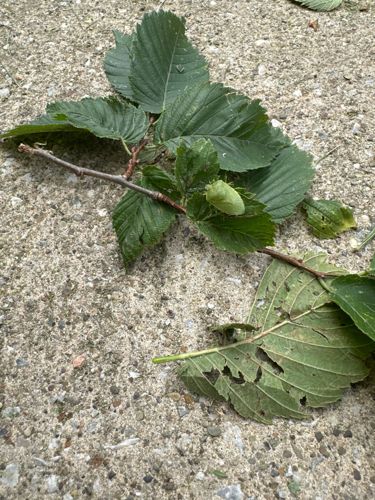Treehopper
Scientific Name: Membracidae (Family)
Order & Family: Hemiptera, Membracidae
Size: Typically 2 to 15 mm in length

Natural Habitat
Typically found in environments with abundant trees and shrubs, such as forests, woodlands, gardens, and orchards, as they depend on plants for food and shelter.
Diet & Feeding
Treehoppers feed on plant sap, typically from trees and shrubs, using their piercing-sucking mouthparts. Some species are specific to certain host plants.
Behavior Patterns
Adults are typically active during the day. They are known for their ability to blend in with foliage, making them difficult to spot. Nymphs typically resemble smaller versions of the adults, sometimes lacking fully developed wings.
Risks & Benefits
Generally considered harmless to humans. In some cases, large infestations on agricultural crops or ornamental plants can cause minor damage due to sap feeding, leading to stunted growth or wilting. However, they are not typically considered major pests. As part of the insect food chain, they serve as a food source for birds and other predators.
Identified on: 8/19/2025